By: Michael Beas – Atlas Elite Publishers
For over three years, filmmaker Tom Opre dedicated his efforts to chronicling the compelling tale of a remote Zambian community led by a courageous female chief who confronted poverty by taking on the scourge of wildlife poaching. In 2015, the children of the Lower Luano Valley faced the dire prospect of starvation due to disrupted traditions and a ban on safari hunting, once their vital source of sustenance and protection funding. The prohibition on legal hunting gave rise to widespread bush meat poaching, wreaking havoc on the region’s wildlife population.
The determined chief of Shikabeta sought a solution and found an ally in Roland Norton, an import/export dealer with aspirations of managing a safari concession. Between 2017 and 2020, Opre meticulously documented their extraordinary business partnership, revealing the intricate dynamics, the arduous challenges, and the ultimate triumphs that led to remarkable transformations for both the wildlife and the community.
“Killing the Shepherd: Beyond the Film” transcends the realm of cinematic storytelling, delving deeper into the untold narratives. This gritty and unfiltered book promises a transformative odyssey, instilling hope for the preservation of Africa’s wildlife and providing a blueprint for rural communities across the continent to assert their inherent rights. While the documentary holds many remarkable stories within its cutting room, this book offers a more profound exploration, shedding light on the extraordinary journey toward a brighter future.
What do you see as the most pressing challenges and opportunities for the hunting and outdoor industry in the coming years?
Modern-day hunting faces a variety of issues. From within, it has issues with technological advances in equipment, which can create ethical concerns. It also faces introspective issues regarding the motivations of hunters. But more importantly, it faces the issue of public acceptance by the broader population.
Hunting is not a right. You won’t find any mention in the US Constitution. It’s a privilege. With only four to five percent of the US population buying a hunting license in any given year, per USF&WS data, it requires approval from the rest of the population. With ever-increasing efforts by urban elite anti-hunting organizations weaponizing social media and supporting political efforts to ban all hunting, hunting is on the chopping block. But without our modern conservation model, humanity’s most successful wildlife conservation effort with well-regulated hunting as a main tenant, we will lose not only wildlife but also the benefits rural communities realize from this model.
It’s a fact that every living creature on this planet is programmed to breed beyond the land’s carrying capacity (food, water, habitat). With eight billion humans on the planet, someone had better be the good stewards or shepherds of wildlife habitat, or it will result in the absolute loss of wildlife. The stewards won’t be Birkenstock-wearing Starbucks customers starting their morning with a decision to buy a caramel macchiato or a pumpkin-spiced coffee. They will be the people who interact with the wildlife because they care. Managing these wild animals is the definition of conservation — the wise use of a natural resource.
Hunters need to look in the mirror and determine how they can best be accepted by the broader public. If their organizations and efforts come across as negative, i.e., “trophy” hunting where the perceived motivation is based on record books and tape measures or whereas they look like they are disrespecting wildlife by posting images on social media of the proverbial “grip and grin” trophy photo, they will lose in the court of public opinion.
If there is social acceptance of modern conservation, with well-regulated hunting being its main tenant, we will see a golden age of conservation on this planet. More wildlife habitats will be conserved and protected. We’ll see healthy ecosystems where not only wildlife flourish, but also humans.
Who doesn’t need clean drinking water? Modern conservation protects our marshes and swamps, which filter human drinking water.
Scotland’s history is marked by generations of war, and now the battleground has shifted. How does the film utilize this historical context to add depth to the conflicts depicted?
Unfortunately, the conservation of wildlife in Scotland plays a distant fiddle to the real needs of the environment. Steeped in historical biases and grievances, there is an effort to remove one group of people from the land, replacing them with another group and promoting a different form of land use. It’s really no different than the motivations around the Highland Clearances of the mid-eighteenth to nineteenth centuries, where land owners forcibly removed the people who had lived for centuries in the glen, replacing them with more profitable sheep.
Today, its urban elites within the “rewilding” movement, tied tightly to the government, have actively sought to make gamekeeping, emphasizing the conservation of wild red grouse and red deer, a relic of the past. To help the audience understand the complex history, we enlisted Scottish comedian Bruce Fummey, (https://www.scotlandhistorytours.co.uk/company/about).
The film explores the romance and uniqueness of rural Scottish landscapes and practices. How did you balance showcasing these aspects while addressing the challenges facing these communities?
Scotland possesses unique and compelling landscapes with a certain romance or even nostalgia. But the people who live and work on these lands are the story. They are tasked with stewardship of these rural areas. The balance is between the competing forces — the rewilders who are mostly new to the scene and gamekeepers, stalkers, and ghillies whose families, in many cases, have been working the land for hundreds of years. For the first time, one film probably has all the major forces represented by its most prominent characters. My goal is to keep the film’s narrative right down the middle, as neutral as possible.
How do you deal with unexpected obstacles or technical difficulties while filming in the field?
Weather can always throw a wrench in production’s gears. We had a few marine crossings from the mainland to islands in the lower Hebrides, which were almost frightening. We must stay on schedule, but facing fifty-mile-per-hour winds churning up six to eight-foot seas isn’t your typical day in the studio.
What’s your advice for individuals interested in combining their love for the outdoors with filmmaking or photography?
What’s your degree of passion for the subject? If it’s high, then take the time to learn every aspect of your subject matter. If you’ve mastered filmmaking or photography, then marry those passions. Good filmmaking isn’t easy. It requires a serious commitment. But it is much easier to be committed when you’re passionate about your subject.
Bonus:
How has your perspective on wildlife and nature evolved throughout your career and life and in your view, based on all you have witnessed in your career is there hope for wildlife on our planet?
That’s a big question. It’s a fact we now have eight billion humans living on planet Earth. The planet’s resources are not unlimited. If we push nature to the brink, we will see a huge loss in biodiversity. We must teach conservation, the wise use of our natural resources, to every human in the world. We must insist that all governments follow conservation mandates regarding our renewable natural resources. If we don’t, much of what we see today concerning wildlife and wild places will be gone forever.
For more information, visit www.shepherdsofwildlife.org
Download Tom Opre’s new book in the following link
Published by Khy Talara







